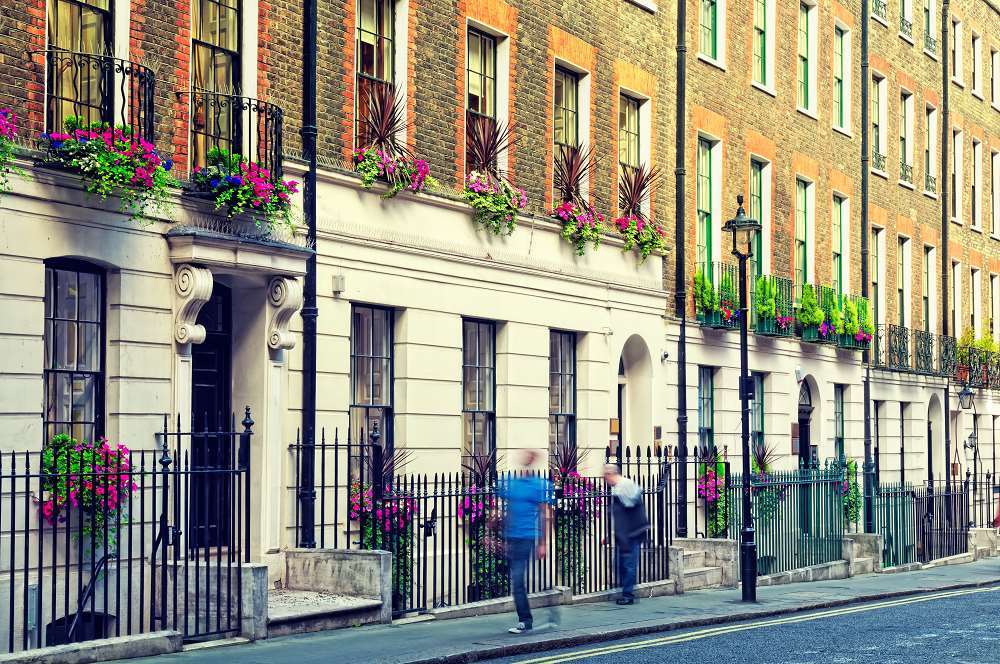Top Stories
Why the UK is rejecting new-builds
Published : 5 years ago, on
By Jamie Johnson, CEO, FJP Investment
Housing demand in the UK continues to outpace the available residential stock, fuelling the country’s ongoing housing crisis. In response to this demand, developers and public sector bodies have ramped up the number of new-build housing projects taking place across the country, positioning new-builds as a key solution to the ever-growing problem.

Jamie Johnson
While we cannot deny the urgent need for more new homes, the volume of output cannot dominate the agenda. Indeed, new-builds have become somewhat of a contentious topic, with many developments receiving widespread criticism for their poor construction and general unattractiveness.
The aesthetic appeal of new homes might not seem like a priority, however it is an important concern to address if the UK hopes to successfully resolve the housing crisis. After all, there is little value in putting thousands of homes onto the market that do not suit the needs of the country’s homebuyers.
Below I will explore some of the key reasons why the public is rejecting new-builds – and what can be done to increase their popularity.
The UK housing crisis
To finally achieve equilibrium between supply and demand, the National Housing Federation estimates that as many as 340,000 new homes must be built every year. Yet despite the housing crisis dominating recent political speeches and budget announcements, progress towards achieving this ambitious target has been slow. After all, government figures show that only 165,000 new-build completions were registered in England.
The physical shortage of housing stock remains only part of the problem, however. More pressing is the perceived lack of desirability of new properties, which not only discourages their sale, but ultimately hinders progress towards meeting the bludgeoning demand for suitable living conditions.
How serious is the problem?
To uncover people’s sentiments towards new-builds, FJP Investment recently commissioned a body of research among more than 1,000 UK-based homeowners and property investors.
A major takeaway from the research was that – despite negative public discourse about new-builds – these properties continue to attract strong initial interest from homebuyers. Indeed, more than three quarters (78%) of the respondents said they viewed one or more new-builds when buying their last property.
However, the vast majority are clearly put off actually purchasing a new-build, with prospective buyers citing numerous concerns with the properties. Chief among them is theirperceived unattractiveness – half of homebuyers deem these properties to be unattractive, while an even greater number (63%) consider them to be ‘devoid of character’. The quality of new-builds was also a cause for concern; 60% of people worry that modern properties are finished to a low standard.
Increasing the popularity of new-builds
If the UK is to satisfy demands for new homes, it must emphasise the need to build homes that meet consumer’s expectations and are reflective of the communities in which they are based.
According to a poll conducted by YouGov on behalf of the housing charity Shelter, 51% of owners of recent new-builds in England said they experienced major problems including issues with construction, unfinished fittings and faults with utilities. This echoes the negative sentiments uncovered by FJP Investment’s own research and signals the need to ensure buildings are completed to a much higher standard.More generally, it suggests we need to build greater consumer confidence in the potential of modern flats and houses.
How can this be achieved?
The first step is to provide assurances of quality, which can be done through warranties and insurance. NHBC Buildmark is a good example of a scheme which offers protection to newly built or converted homes and gives buyers a peace of mind. People can purchase a home, safe in the knowledge that any difficulties they might run into as a result of poor construction will be remedied. It’s important to keep investing in, and supporting, these schemes, to raise building standards and ensure top quality construction.
Developers also cannot overlook the need to work closely with local community groups and public sector organisations to determine how new-build developments can best reflect their needs. In the coming months, I’d like to see greater collaboration between different sectors to ensure not only that the pace of development increases, but that homes are being built in the right places, at the right prices, and ultimately match consumers’ needs.
New-builds hold great potential for accelerating the delivery of housing. However, the government must join forces with the construction industry to ensure new homes are built to last, and work to reverse their negative reputation.
Jamie Johnson is the CEO of FJP Investment.

-
Finance3 days ago
Phantom Wallet Integrates Sui
-
Banking4 days ago
Global billionaire wealth leaps, fueled by US gains, UBS says
-
Banking4 days ago
Italy and African Development Bank sign $420 million co-financing deal
-
Business3 days ago
Puig shares drop after withdrawal of some batches of Charlotte Tilbury spray







